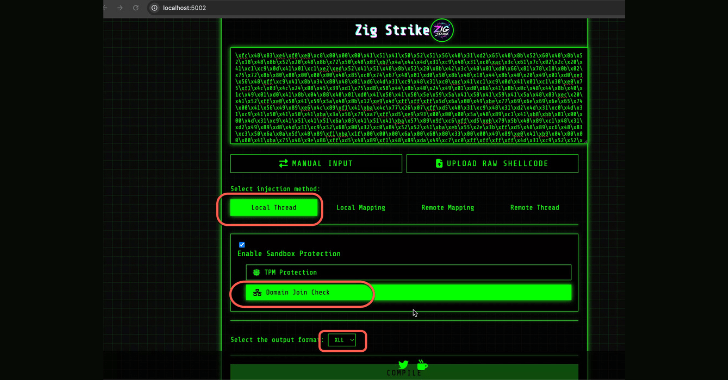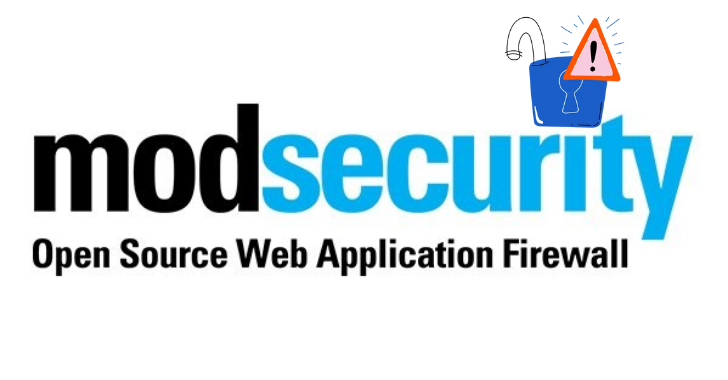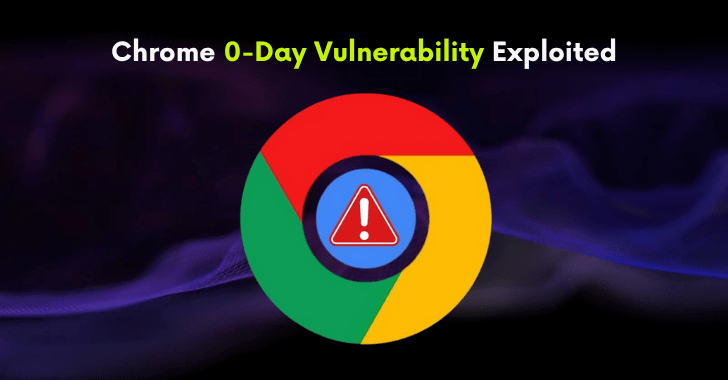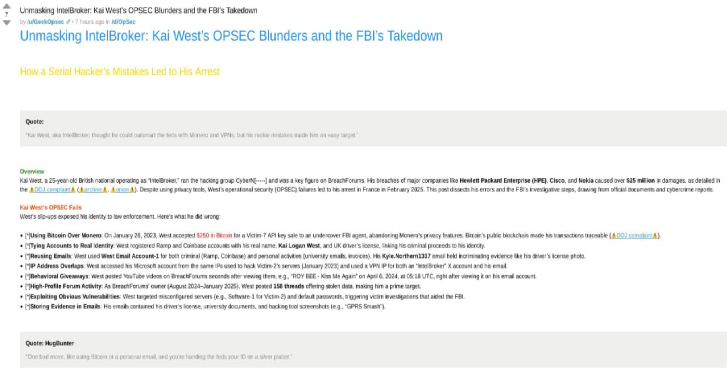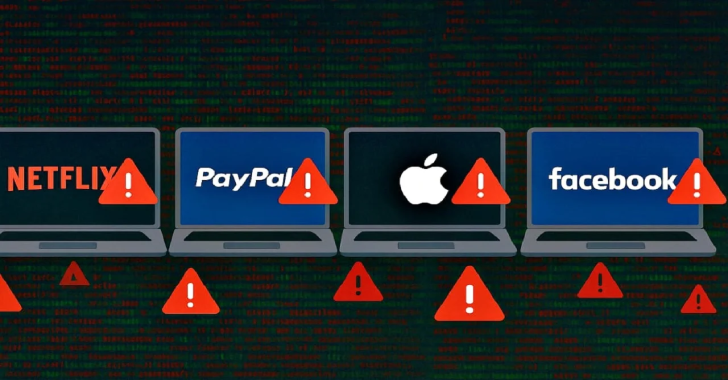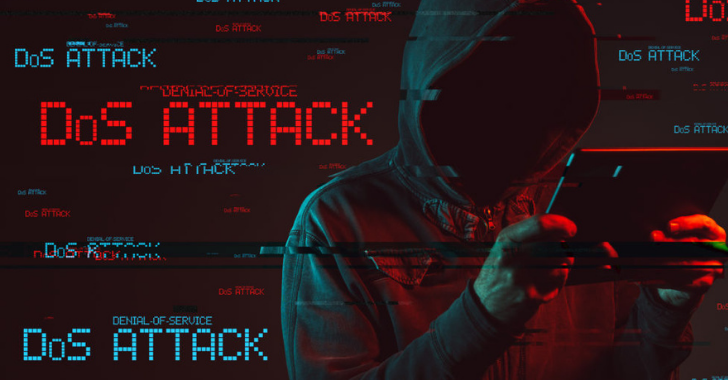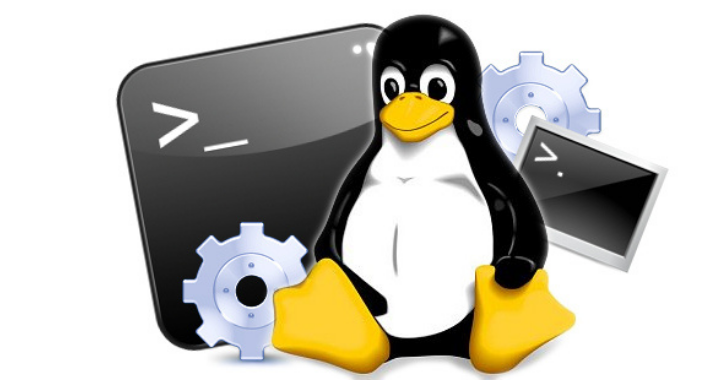Zig Strike isn’t just another payload generator, it’s a full-on offensive toolkit built in the Zig programming language, purpose‑made to slip past antivirus (AV), next-gen AV (NGAV), and even Endpoint/XDR platforms like Microsoft Defender for Endpoint (MDE).
In this article, we’ll unpack what makes Zig Strike so effective, explore the injection tricks it uses, and reveal why defenders should take notice now.
Why Zig Matter?
Zig isn’t C, isn’t Rust, it’s a modern system’s language that shines with compile‑time execution, manual memory control, and cross-platform building.
That means Zig Strike generates stealthy payloads, with no detectable patterns, minimal runtime metadata, and deeply embedded shellcode routines.
KPMG dubbed it “the ultimate toolkit for payload creation and evasion”, and it’s earned that name.
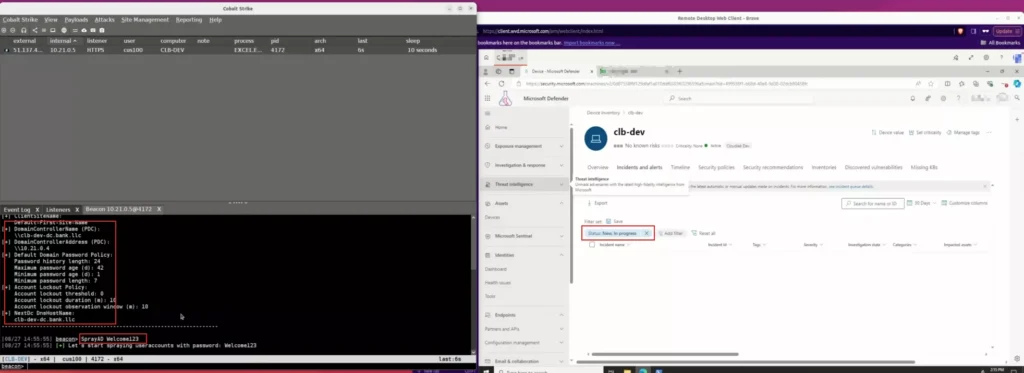
Four Injection Techniques for Ultimate Stealth
Zig Strike comes loaded with four powerful techniques to inject malicious code:
- Local Thread Hijacking – Abuses freshly created threads for stealth execution.
- Remote Thread Hijacking – Injects into a remote process’s thread with
GetThreadContextandSetThreadContext. - Local Mapping – Uses
CreateFileMappingWandMapViewOfFileto bypass AV patterns. - Remote Mapping – Cross-process memory mapping (e.g.
MapViewOfFileNuma2) to cloak execution.
Each technique makes detection far harder, especially when used alongside compile-time obfuscation and anti-sandbox checks.
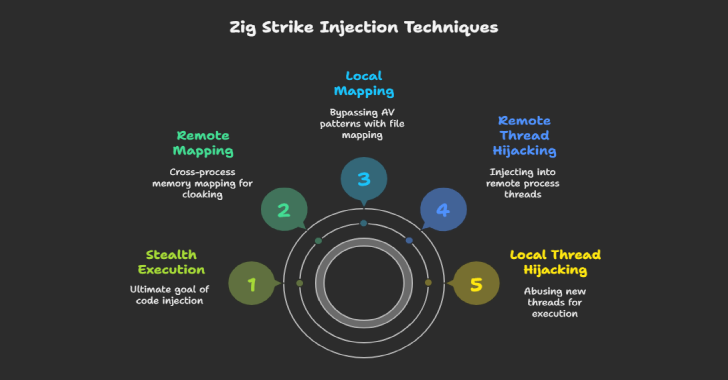
Evasion Mechanics: Obfuscation & Sandboxing Intelligence
Zig Strike isn’t just clever; it’s cautiously designed:
- Compile-time string obfuscation: Shellcode is stored in PE
.rdataas Base64 wide‑strings. - Anti-sandbox logic: Checks for TPM, domain-joined environments, and even virtualization markers to exit if running in suspicious environments.
- Multi-format payloads: Supports DLL, Excel Add-in (XLL), and CPL, great for Office-based attack vectors.
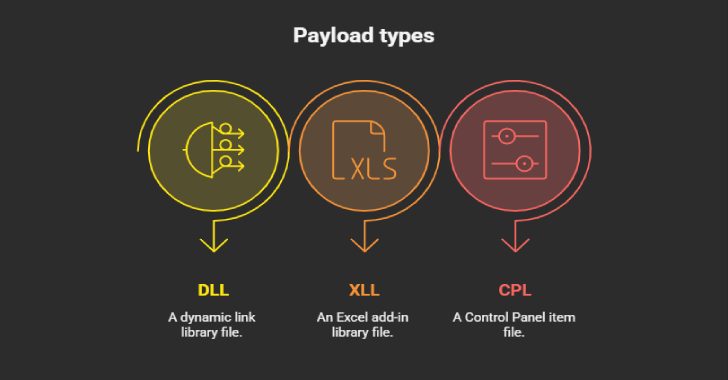
Web Interface Makes Red Teaming Simple
Zig Strike’s web dashboard (Python + Flask) lets users:
- Upload raw or C shellcode
- Pick injection method (thread, mapping, remote)
- Apply obfuscation/sandbox-unfriendly flags
- Compile and export with one click
This makes it usable even for less experienced red‑teaming teams, speeding up testing and stress‑testing defenses.
Real-World Impact: What Security Teams Need to Know
- Bypasses signature and heuristic defenses: Most AV and EDR rely on known patterns. Zig Strike’s obfuscation makes payloads invisible.
- Defeats behavior-based sandboxes: Anti-debug and VM checks mean payloads only run in real environments.
- Meters threat readiness: Red teams can simulate sophisticated attackers—at light speed.
KPMG and other cybersecurity firms have stressed the need to upgrade detection logic beyond traditional hooks.
Defenses: How to Protect Your Environment
- Behavioral analysis over signature matching
- Monitor mapping/injection activities using Sysmon or EDR rules
- Lock down Office macro execution—especially Excel add-in behavior
- Enforce non-privileged session execution and limit process creation abilities
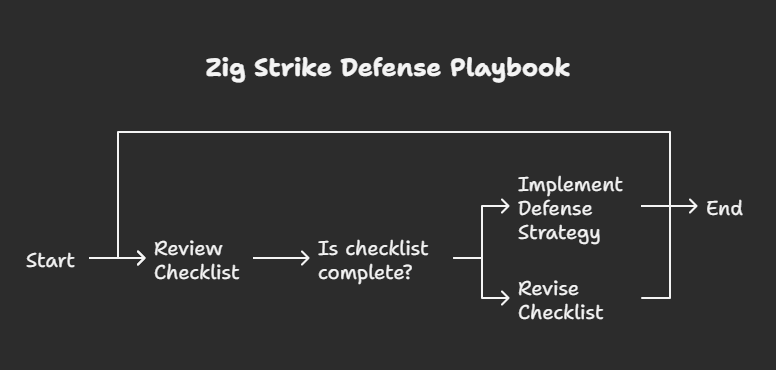
FAQs
Q: What is Zig Strike?
A modern, open‑source toolkit (written in Zig) used to craft AV/EDR-evading payloads.
Q: Can it bypass Microsoft Defender?
Yes, local tests confirm it bypasses MDE, as reported by KPMG.
Q: Is this for criminal use?
It’s designed for red vs blue team testing, though like any tool, it can be misused.
Q: Is Zig Strike free?
Yes, the GitHub repository is open source under GPL-2.0.
Final Takeaway
Zig Strike proves that modern languages + clever obfuscation + injection techniques can seriously challenge endpoint defenses. If you’re in red-team or security ops, add it to your threat model, and review your detection rules accordingly.
Defense in depth is no longer optional, it’s mandatory.
